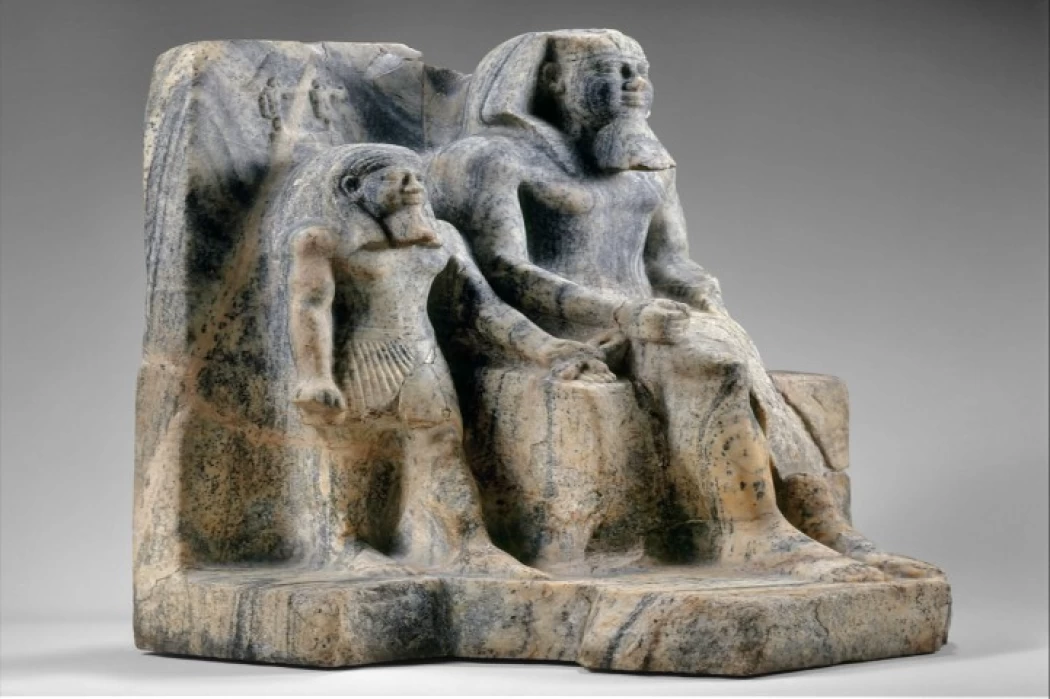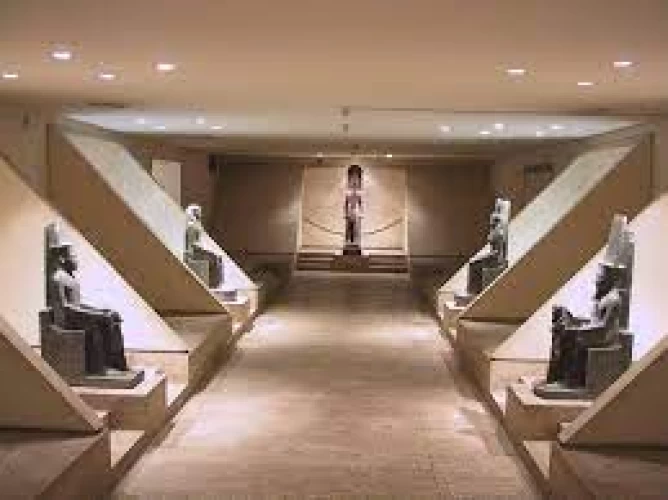
King Pepi I
King Pepi I
Near the end of the Ancient Empire era, in the 24th and 23rd centuries BC, Meryra-Pepy, also known as Pepy I or Pepi I, was a pharaoh of Ancient Egypt and the third king of Dynasty VI. He ruled for over 40 years.
King Pepi, I proved to be an energetic ruler and a great builder; in Bubastis, there are the ruins of a sanctuary erected by him, which also undertook the construction of an important building in Eliopoli, whose god, although somewhat out of fashion, had not completely fallen into oblivion.
In the Ptolemaic era, the name of this same ruler was remembered in the temple of Dendera as that of the founder. In Ieracompoli two of his copper statues were discovered, which are the best examples of metal sculpture left from the Old Kingdom.
The impression of greatness evoked by the name of Meryra Pepi I is not based, however, on the grandeur of monuments, but on the great abundance and vast diffusion of the epigraphs that mention it. Other proofs are the fact that Memphis took its name from its pyramid, called Mn-nfr, "(Pepi is) settled and beautiful", and that he was still reverently remembered many centuries later.
An expedition to the alabaster quarry of Hatnub bears the date of the twenty-fifth census of cattle which, being then biennial, is equivalent to the fiftieth year of reign. The same rock inscription, as well as others in Wadi Hammamat, recalls his first Sed festival, which was probably celebrated in the thirtieth year of his reign. Pepi was proud of this event and commemorated it on numerous alabaster vases, now in the Louvre and other museums No satisfactory explanation has been found for the proven change of his ancient name Neferzahor in Meryra.
Her marriages, certainly consecutive, with the daughters of a provincial hereditary prince, perhaps of Abido, called Khui, seem to indicate a modest disposition; the two daughters were granted the same title, Meryre-ankh-nas, and if we are to believe the inscription that recalls this fact, one became the mother of the successor of Pepi I, Merenre I, and the other of the successor of these, Pepi II, while a third son Djau was granted the high office of vizier. This link with the provinces seems perfectly in tune with the spirit of the time. It was Pepi I, we don't know for what reasons, probably forced by the real needs of the situation.















